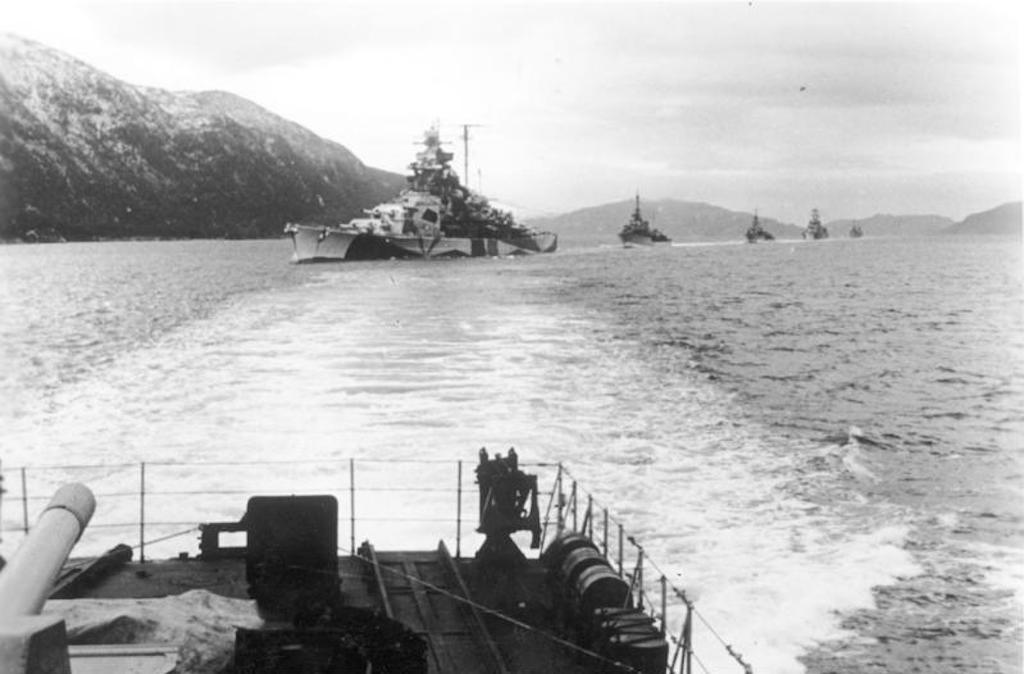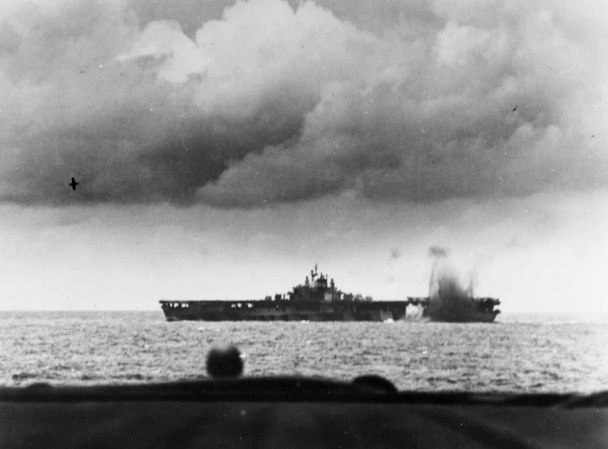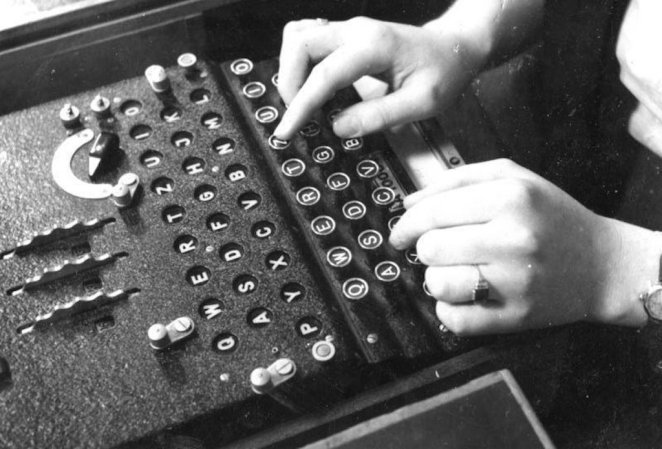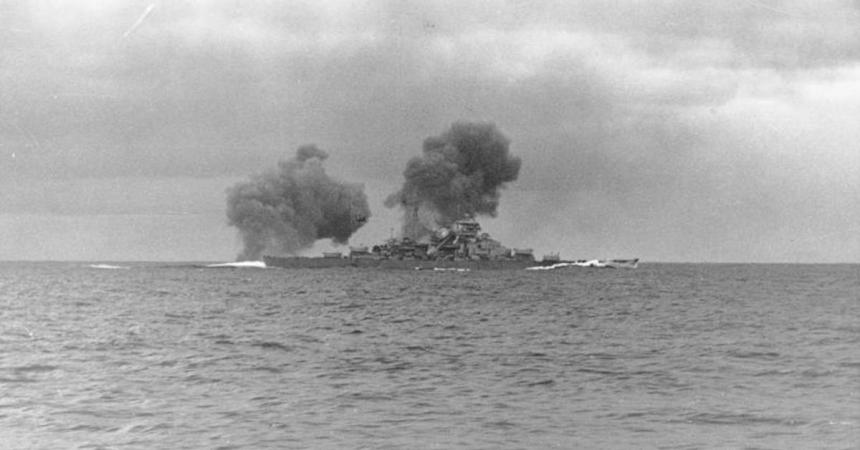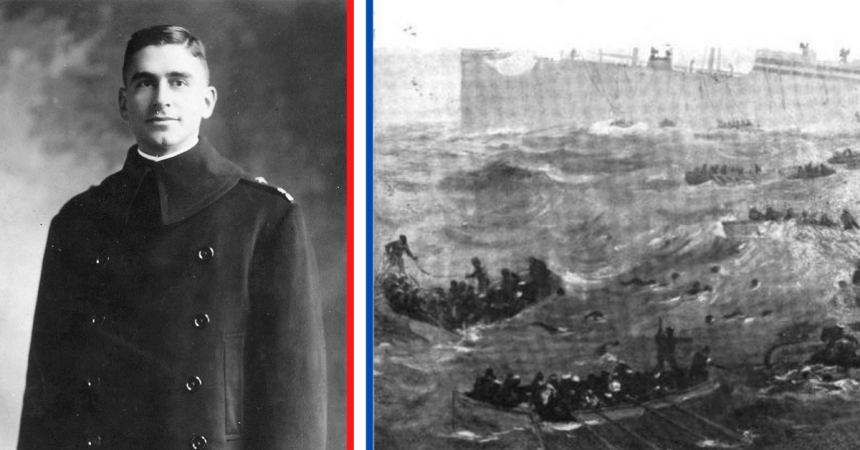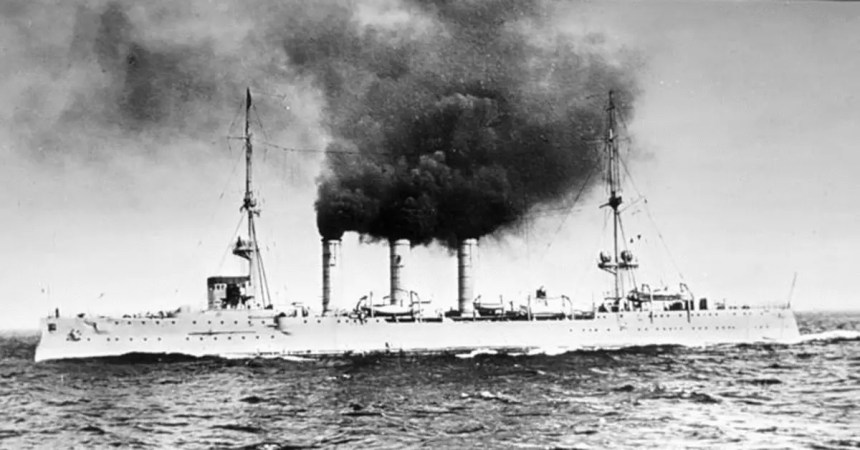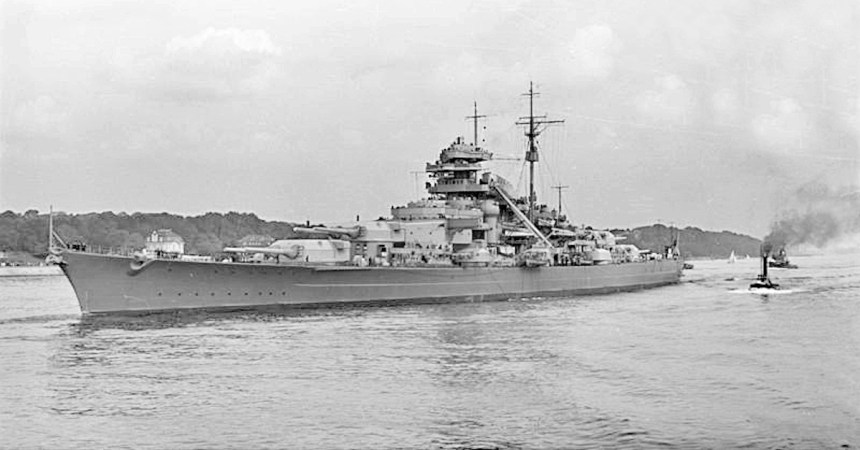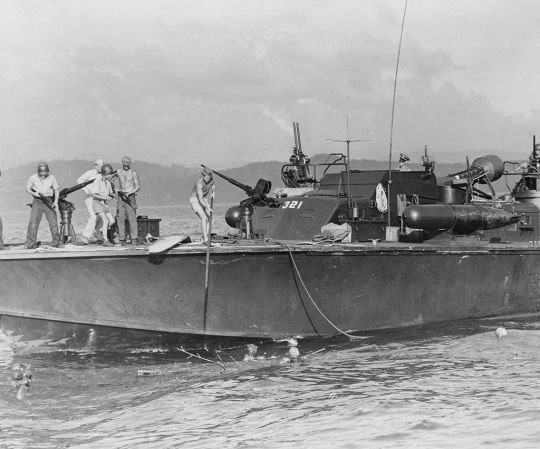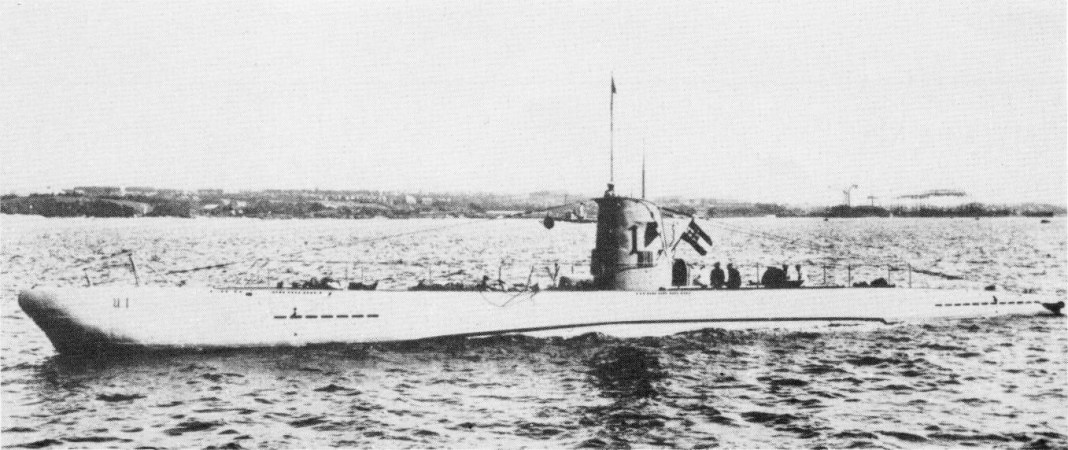In the opening years of World War II, the German Kriegsmarine was small but mighty with dozens of U-boats going on repeated patrols and sinking an average of four allied ships per patrol. But it had no carriers and few battleships, leaving it rarely able to field a real capital presence on the high seas. With the sinking of the Tirpitz in 1944, the naval battle was, for Germany, effectively over.
The early years
Germany’s naval plans in World War II were modest. The major prizes for the Third Reich were on or near the European continent and it concentrated development of its air and land arms. Grand Admiral Erich Raeder, commander-in-chief of the German navy, planned for his fleet to serve primarily in a defensive and commerce raiding role until 1946. The hope was to build up the German fleet from 1937 to 1946 while avoiding a war with Great Britain. After Germany had digested the continent, it could fight the great British seapower.
But the U.K. quickly decided, “Screw that, this Hitler fellow is coming for us eventually,” and backed its continental allies just days after Hitler invaded them. The Kriegsmarine was not ready for a fight with the British fleet, but the British were also not ready to hunt subs.
So Britain controlled the waves and Germany patrolled beneath them. Eventually, though, Germany would need to break open the blockade of its Atlantic ports and take control of the sea lanes. To do so, it needed to project power with its capital ships. With only two carriers under construction and none afloat, that meant the battleships.

Germany’s battleships
Germany’s fleet of battleships was small in number. The Kriegsmarine had only four battleships in active construction at the start of the war with plans to build six more in the 1940s. Those six were supposed to be even larger than the Bismarck class with much larger guns, but none were built. One hull was laid down both laid down and scrapped in 1939.
So Germany had only four battleships to build task forces or fleets around, as well as a few dozen cruisers and destroyers. Over half of the Kriegsmarine hulls were submarines.
Of the battleships, two were Scharnhorst-class. These were the smaller pair and often operated together after a 1939 commissioning. Two were Bismarck-class battleships. The Bismarck conducted raids on British commerce while the Tirpitz stayed in port and fjords.
The battleships fall
With only four battleships in the Kriegsmarine, it’s likely not surprising that the Allies, especially Britain, decided to knock them out of the war. Scharnhorst fought in the German invasion of Norway and helped sink a British aircraft carrier, the HMS Glorious. But when Scharnhorst fought at the Battle of North Cape, British and Norwegian ships sank it in the Arctic.
The Gneisenau, the same size as the Scharnorst, took damage in an air raid in 1942 and underwent repairs. After the sinking of Scharnhorst, it was sunk as a blockship, instead, in 1945.
The Bismarck was the pride of the German fleet. In 1941, it was the largest battleship afloat and was nearly impervious. When it sallied forth that May to attack British shipping, it quickly sank the HMS Hood and damaged the HMS Prince of Wales. The British were out for blood. On May 25, a radio transmission gave away Bismarck’s location, and Swordfish torpedo bombers disabled it May 26. It sank later that night.
So in November 1944, when the Tirpitz was attacked, it was the only German battleship still in the flight.

The Tirpitz mission
The Tirpitz had an important but inactive mission: fleet in being. Fleets in being are basically Teddy Roosevelt’s big stick. They’re mostly a threat, but they’re a real threat. They typically park in a port or easily defended area where they can easily attack enemy ships. But then they don’t. The enemy always has to take the ship into account, since it can attack at any time. But it’s always hard to kill, since it’s always in a defended area.
For the Tirpitz, this was the coast of Norway. The crew would park it in a fjord, cut down nearby trees to mount on the hull and camouflage it, and then spread a poisonous gas as a smoke screen. (The gas stunted the growth of nearby trees for years after the war.)
But in September 1944, the British precision bombing squadrons got their chance at the Tirpitz. A flight of 27 bombers, 20 of them carrying special armor-piercing “Tallboy” bombs, took off September 11 and flew against the Tirpitz behind Norwegian mountains that masked their approach. This attack heavily damaged the Tirpitz and its engines.
The British attacked again in October and in November, with the November attack causing the ship to capsize and sink.
The end of the German surface fleet
It was in this moment, as the Tirpitz turned over and sank, that the Allied fleet was freed from serious German threats at sea. With the Allies dominant over the U-boat fleet since the capture of updated Enigma codes in October 1942 and Black May 1943, the only major threat to Allied shipping had been the remaining battleships.
But with the Tirpitz destroyed, only the Gneisenau, in endless repairs, remained. And Britain knew it wasn’t ready to return. The Allied fleet could focus more heavily on supporting land operations and cutting off German supplies and movements by sea.
The fleet-in-being mission sounds boring, but it was effective. An entire Allied fleet served near the Arctic just to prevent or repel a potential attack by the Tirpitz. With it out of the fight, that fleet could re-deploy. And Germany, originally able to get some re-supply by sea and a lot from the Soviet Union, was now cut off from both.


